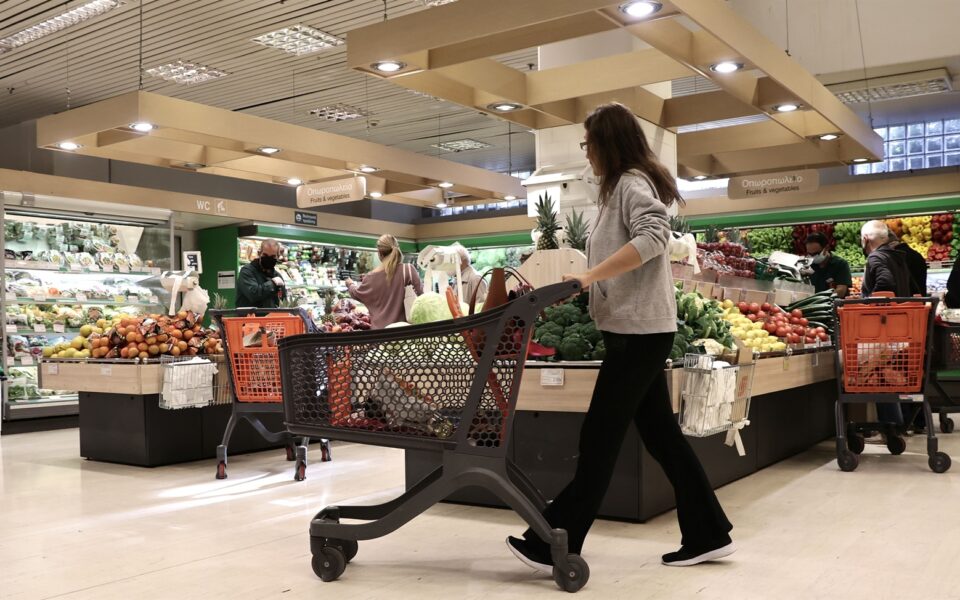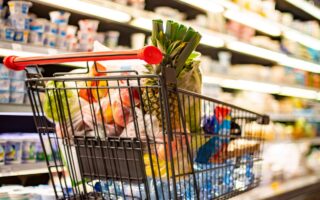Inflation inches up to 3.1%
Greek annual rate is fifth highest in the eurozone, where prices dropped to 2.2% from July’s 2.6%

Initial Eurostat estimates show that the Harmonized Index of Consumer Prices in Greece inched up to 3.1% in August, from 3% in July, the fifth-highest annual rate in the eurozone.
Overall, the inflation rate in the 20-member eurozone dropped to 2.2% in August, from 2.6% in July.
The rise, however small, is the second consecutive monthly one for Greece, which trails only Belgium (4.5%), Estonia (3.4%), the Netherlands (3.3%) and Slovakia (3.2%).
Structural inflation the eurozone, which excludes the volatile energy and non-processed foods prices, remained steady at 2.8% for the third consecutive month.
Service inflation in the eurozone rose to 4.2% annually, from 4% in July. Above-average gains were seen in foods, alcohol and tobacco. On the other hand, non-energy industrial goods rose 0.4% compared to 0.7% in July and energy prices dropped 3% compared to a 1.2% rise in July.
Some countries, especially Germany, benefited from cheaper energy prices to reduce their inflation. In Germany, the rate fell to 2%, its lowest level since 2021, from 2.6% in July, beating analysts’ expectations of a 2.3% rate. Inflation also dropped significantly in Spain.
A silver lining is provided by a consumer survey that showed prices in supermarket chains dropping for the fourth consecutive month. The relevant price index, which includes 23 categories of products, dropped 1.08% in August, after declining 1.25% in May, 1.92% in June and 1.56% in July.
Of the 23 categories included in the index, prices declined in 14 of them. Among the nine categories where prices rose are appetizers and delicatessen products (5.52%), fresh fish (5.09%), biscuits, chocolates and sweet products (3.41%) and spirits (2.07%). Some categories saw a seasonal spike in demand (fish) or reflected globally higher prices in raw materials (coffee, sugar).
There are several factors affecting the drop in prices. Among them, the government’s interventions, more efficient supply chains, the effect of private label products and the decisions by supermarkets themselves to keep a lid on prices.





